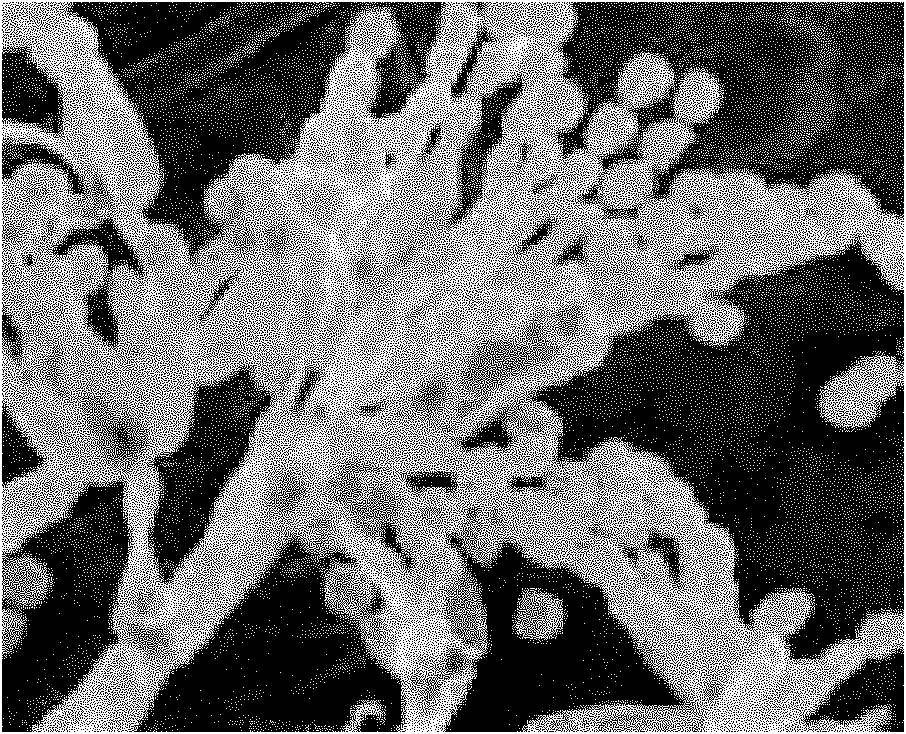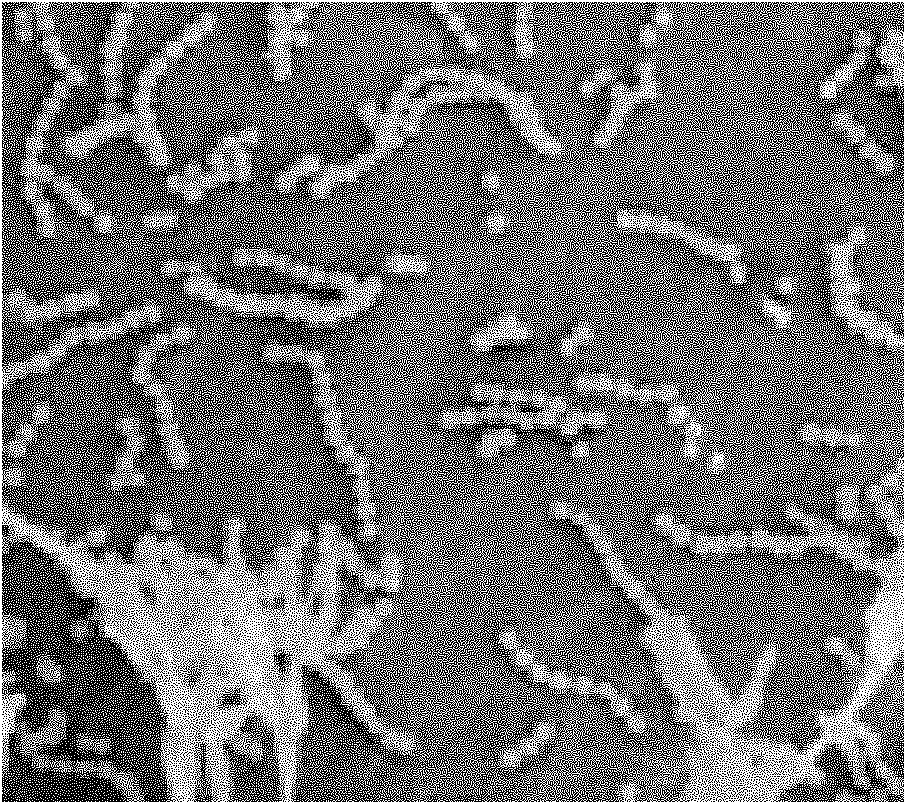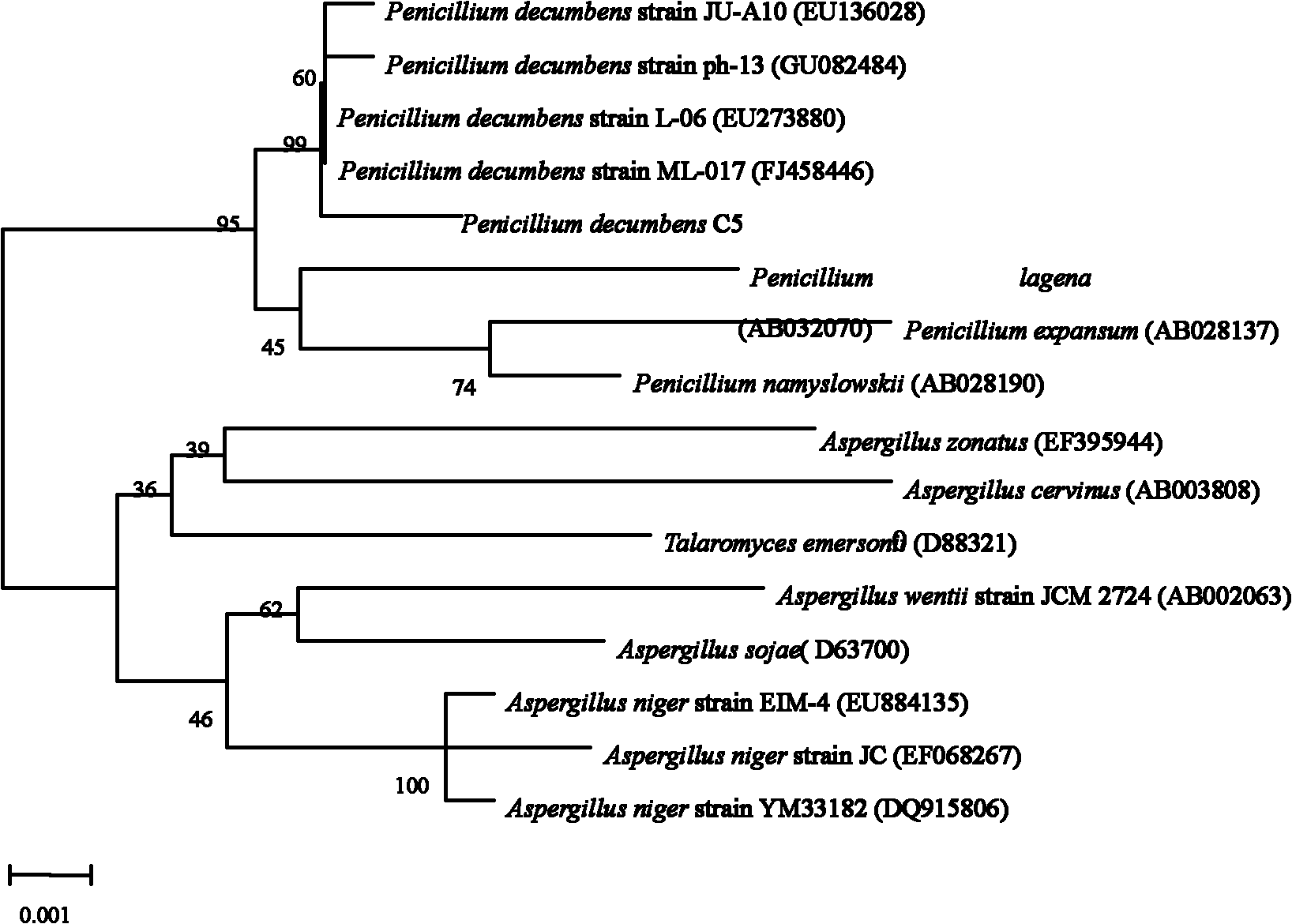Engonus fungus with high enzyme activity and high capacity of efficiently degrading straw cellulose in northeast China region
A straw cellulose and regional technology, applied in the field of fungi that degrade cellulose, can solve problems such as waste of material resources, and achieve the effects of improving utilization rate, high-efficiency degradation ability, and high enzyme activity.
- Summary
- Abstract
- Description
- Claims
- Application Information
AI Technical Summary
Problems solved by technology
Method used
Image
Examples
specific Embodiment approach 1
[0011] Specific Embodiment 1: In this embodiment, an indigenous fungus with high enzyme activity and efficient ability to degrade straw cellulose in Northeast China, the fungus is named Penicillium decumbens C5, belongs to the genus Penicillium sp., and has been Preserved in the General Microorganism Center of China Microbiological Culture Collection Management Committee, the preservation number is CGMCC No.4203, and the preservation date is October 8, 2010; its hyphae have septa, conidiophores are smooth, mostly oval or spherical, 1.0 μm to 1.5 μm in diameter, 2 to 5 asymmetric branches, arranged closely, in broom shape (such as figure 1 shown), with 5 to 10 short bottle-shaped stalks (10.0 μm to 15.0 μm in size) growing on its top, in the form of unbranched chains (such as figure 2 Shown); form a round colony on the culture medium, with white hyphae on the edge, rough surface, covered with a layer of conidia powder, grayish green, and the back of the colony is tea-brown.
...
specific Embodiment approach 2
[0019] Embodiment 2: This embodiment differs from Embodiment 1 in that the growth temperature of Penicillium decumbens C5 is -4°C to 35°C, and the growth pH is between 5.5 and 7.5. Others are the same as in the first embodiment.
[0020]In this embodiment, Penicillium decumbens C5 is cultivated with improved Cha's medium. As an indigenous fungus in Northeast China, its growth temperature is -4°C to 35°C, and its growth pH is between 5.5 and 7.5.
PUM
 Login to View More
Login to View More Abstract
Description
Claims
Application Information
 Login to View More
Login to View More - R&D
- Intellectual Property
- Life Sciences
- Materials
- Tech Scout
- Unparalleled Data Quality
- Higher Quality Content
- 60% Fewer Hallucinations
Browse by: Latest US Patents, China's latest patents, Technical Efficacy Thesaurus, Application Domain, Technology Topic, Popular Technical Reports.
© 2025 PatSnap. All rights reserved.Legal|Privacy policy|Modern Slavery Act Transparency Statement|Sitemap|About US| Contact US: help@patsnap.com



